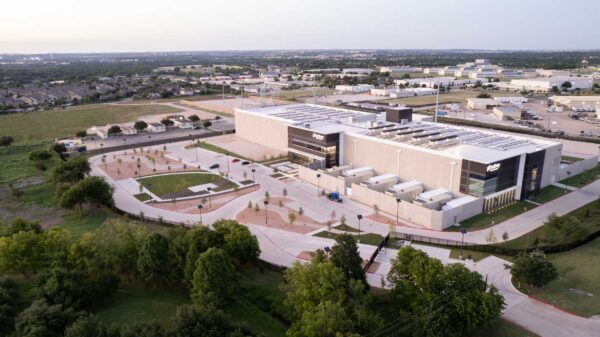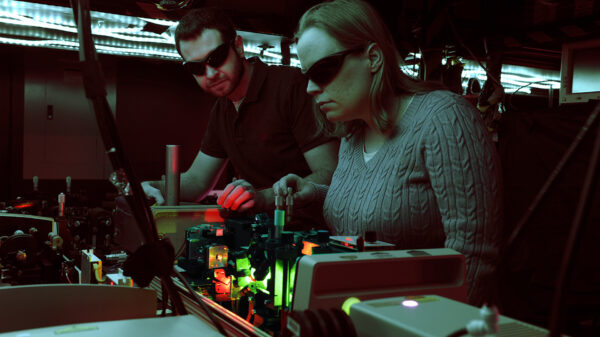In an unprecedented surge of investment, major technology companies are pouring billions into the development of artificial intelligence (AI) infrastructure. This investment trend is driven by skyrocketing demand for generative AI tools capable of executing complex tasks such as coding, product design, and real-world scenario simulation. As a result, the global tech landscape is evolving rapidly, necessitating extensive resources in data centers, specialized processors, and cloud ecosystems.
Alphabet’s Google plans to invest $40 billion over the next two years in the construction of three new data centers located in Texas. This significant financial commitment is mirrored by other industry giants who are also expanding their infrastructure to meet the increasing demand for AI applications.
The scale of these investments underscores how the tech sector is racing to enhance its computing and energy capacities to support the next generation of AI services. Here’s a closer look at the most notable multi-billion dollar AI, cloud, and chip deals that have recently been signed:
Major Investment Deals in AI Infrastructure
A noteworthy collaboration is between an investor group that includes BlackRock, Microsoft, and Nvidia, which is set to acquire Aligned Data Centers in a deal worth approximately $40 billion. This company operates nearly 80 facilities in the U.S., making it one of the largest data center operators globally.
See also OpenAI Enables ChatGPT Users to Disable Em Dashes with New Personalization Feature
OpenAI Enables ChatGPT Users to Disable Em Dashes with New Personalization FeatureIn addition to its new data centers in Texas, Google continues to invest in its existing Midlothian campus and the Dallas cloud region, which is a vital part of its global network of 42 cloud regions. Meanwhile, OpenAI is working with Broadcom to develop its first in-house AI processors, a strategic move to address the soaring demand for its services.
AMD has entered into a multi-year agreement to supply AI chips to OpenAI, which includes an option for OpenAI to acquire up to 10% of the chipmaker. Concurrently, Nvidia is planning to invest as much as $100 billion in OpenAI while supplying it with essential data center chips, further solidifying OpenAI’s position as a key customer for Nvidia.
Another notable deal involves CoreWeave, which has signed a $14 billion agreement to provide computational power to Meta. In a separate arrangement, Nvidia will invest $5 billion in Intel, giving it a roughly 4% stake in the company after the issuance of new shares.
Oracle is also involved in significant transactions, including negotiations with Meta for a multi-year cloud deal valued at approximately $20 billion. Reports indicate that Oracle has also finalized a substantial cloud deal with OpenAI, estimated at $300 billion over five years. This agreement positions Oracle as a critical provider of computing power to OpenAI.
Additionally, CoreWeave has committed to a $6.3 billion initial order with Nvidia, ensuring that the latter will purchase any cloud capacity that remains unsold. Nebius Group has agreed to supply GPU infrastructure capacity to Microsoft in a deal valued at $17.4 billion over five years.
Meta has also made strategic investments, including taking a 49% stake in Scale AI for around $14.3 billion, while hiring its 28-year-old CEO, Alexandr Wang, to guide its AI initiatives.
Lastly, Tesla has entered into a $16.5 billion agreement to source chips from Samsung Electronics, with plans for the South Korean tech giant’s new chip factory in Texas to manufacture Tesla’s next-generation AI6 chip.
As the AI infrastructure arms race intensifies, companies like Amazon are also stepping into the fray, investing $4 billion in Anthropic, a competitor known for its generative AI chatbot, Claude. This wave of investment demonstrates a profound commitment to not only enhancing computing capabilities but also securing a competitive edge in the rapidly evolving AI landscape.
As we observe these transformative investments, it’s clear that the future of AI is being shaped by massive financial commitments from industry leaders, positioning them to meet the demands of an increasingly AI-driven world.








































































